NASA Astronomy Picture of the Day:
What created this giant X in the clouds? It was the shadow of contrails illuminated from below. When airplanes fly, humid engine exhaust may form water droplets that might freeze in Earth's cold upper atmosphere. These persistent streams of water and ice scatter light from the Sun above and so appear bright from below. On rare occasions, though, when the Sun is near the horizon, contrails can be lit from below. These contrails cast long shadows upwards, shadows that usually go unseen unless there is a high cloud deck. But that was just the case over Istanbul, Türkiye, earlier this month. Contrails occur all over planet Earth and, generally, warm the Earth when the trap infrared light but cool the Earth when they efficiently reflect sunlight. The image was taken by a surprised photographer in the morning on the way to work.
Photo by Fatih Ekmen








.jpg?fit=crop&w=280&h=280&q=93)






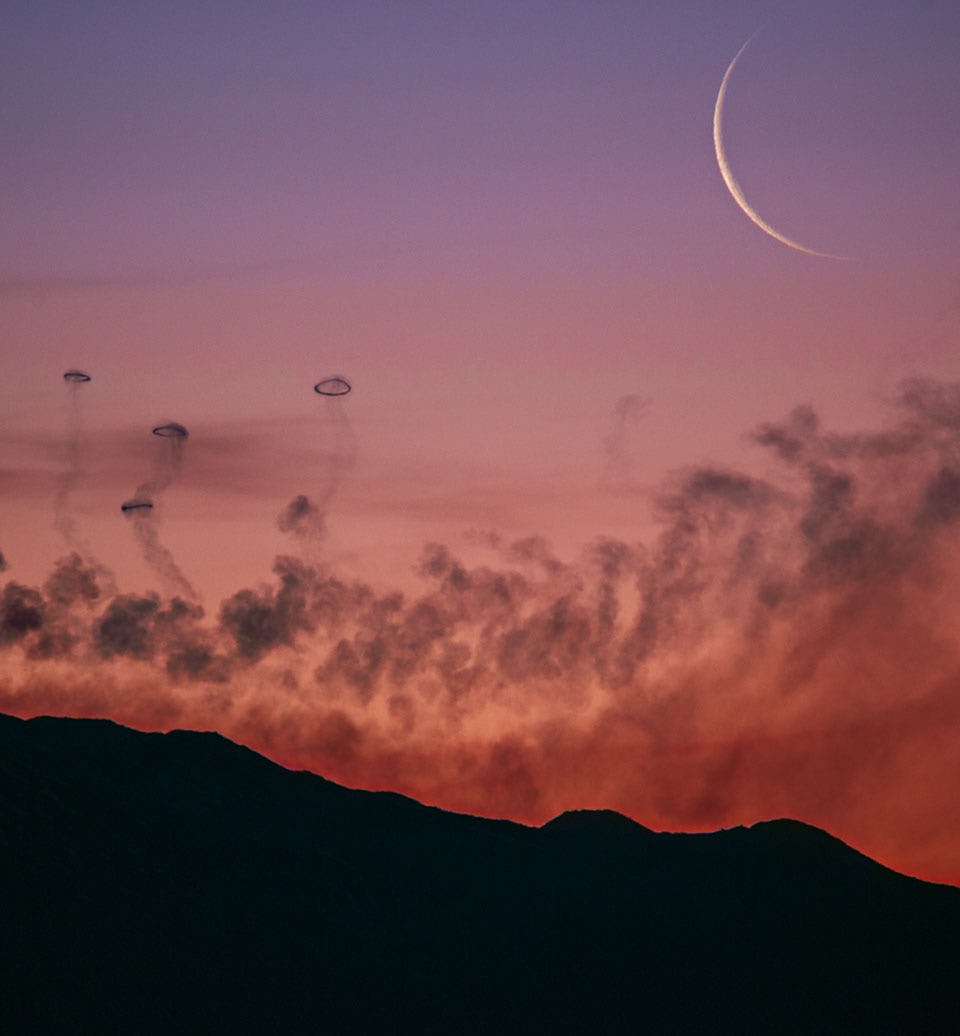
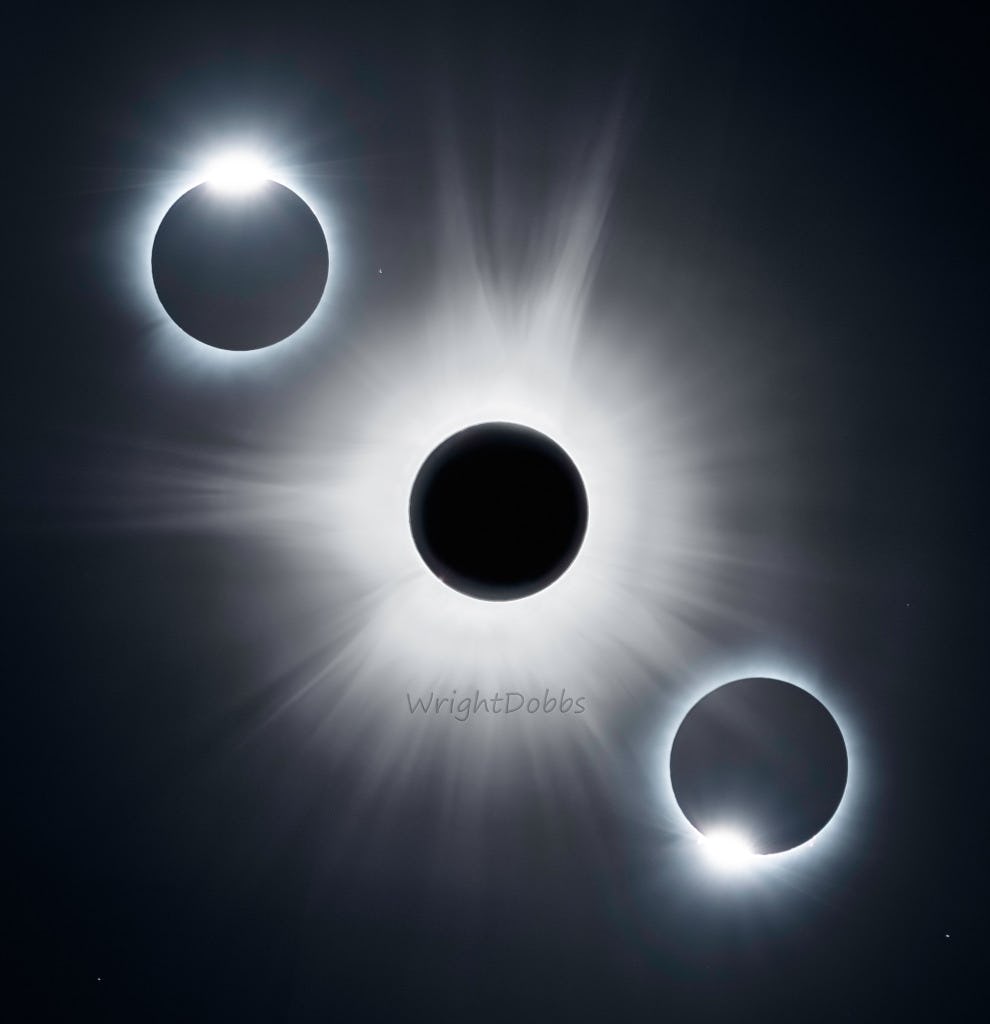
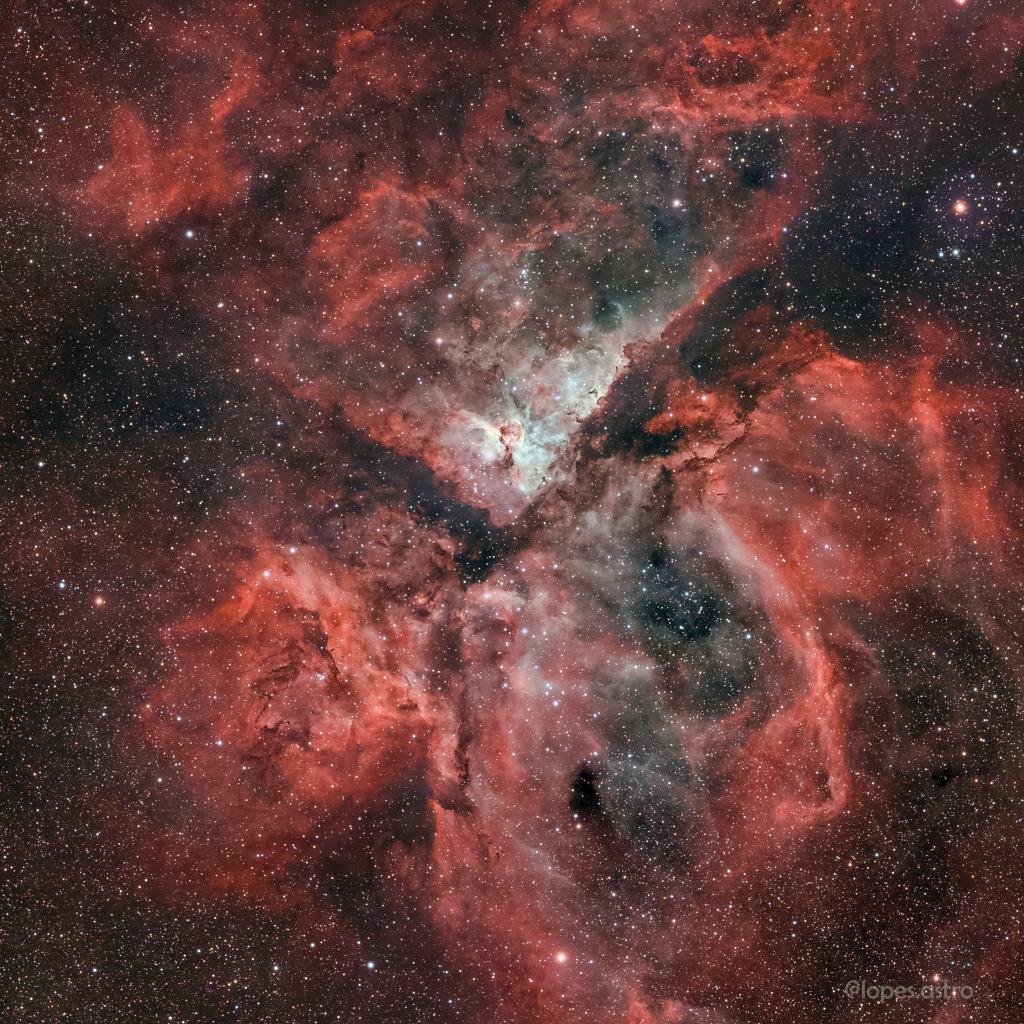
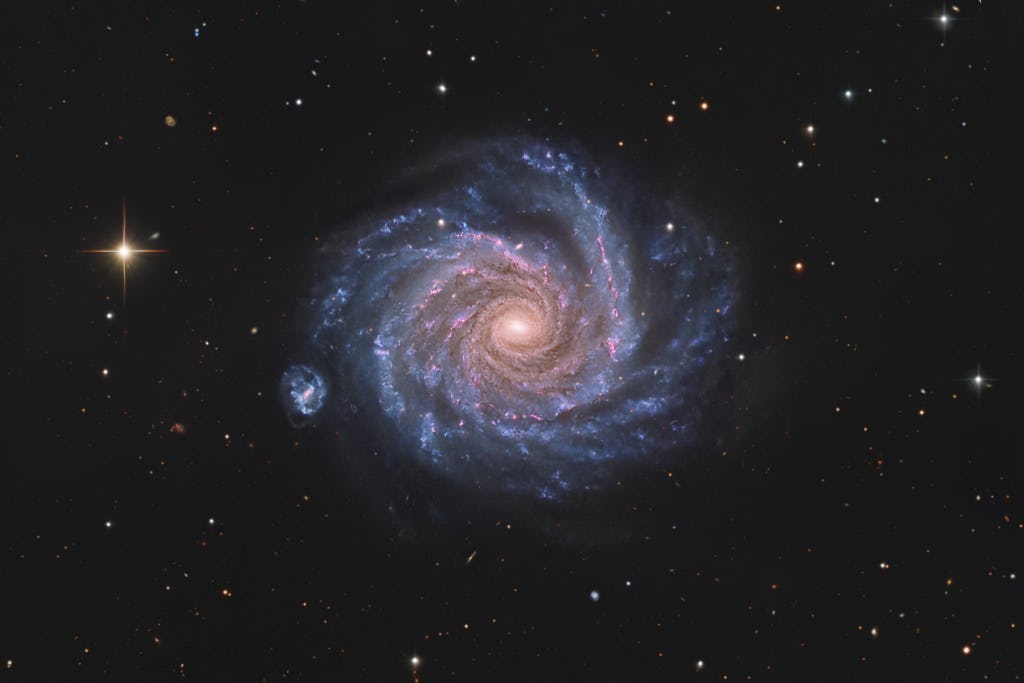
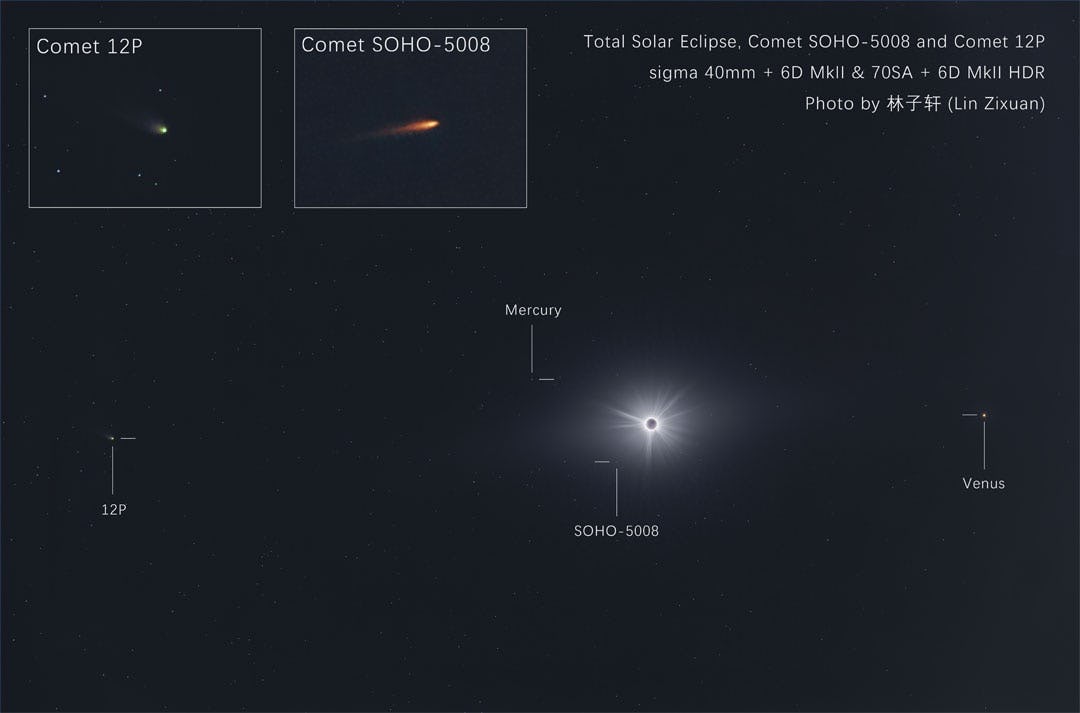
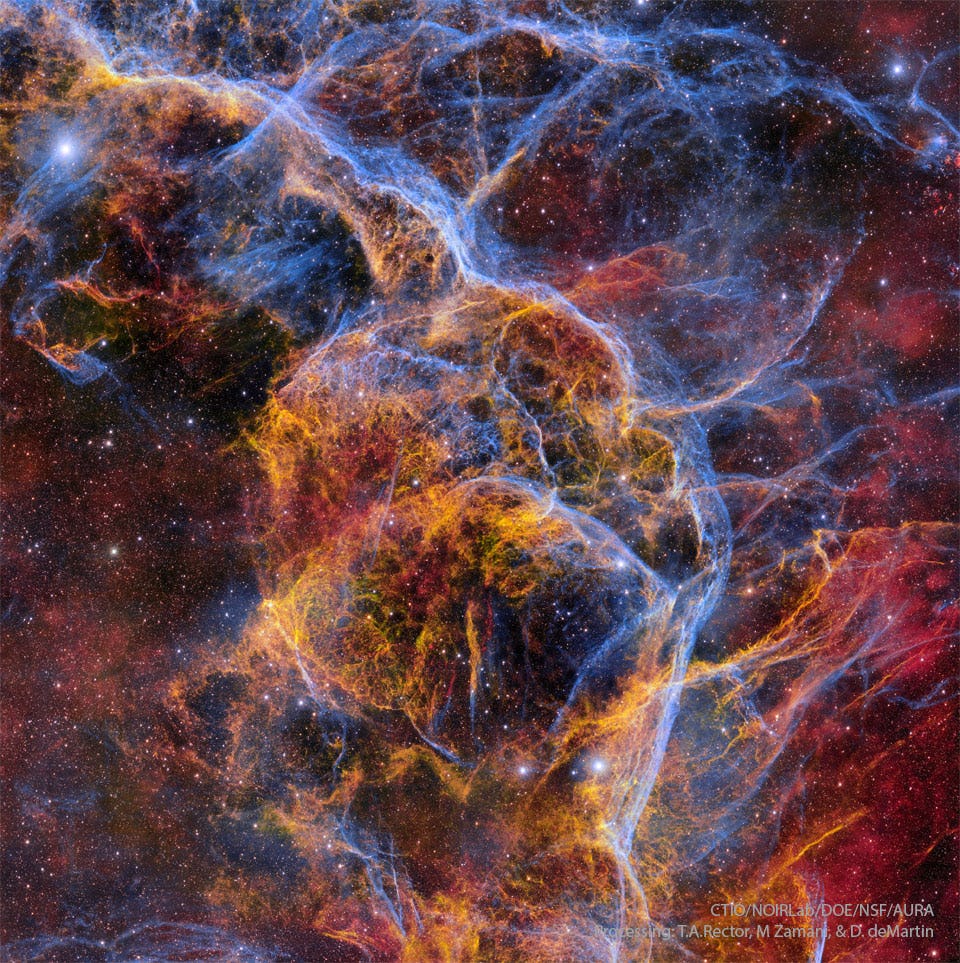
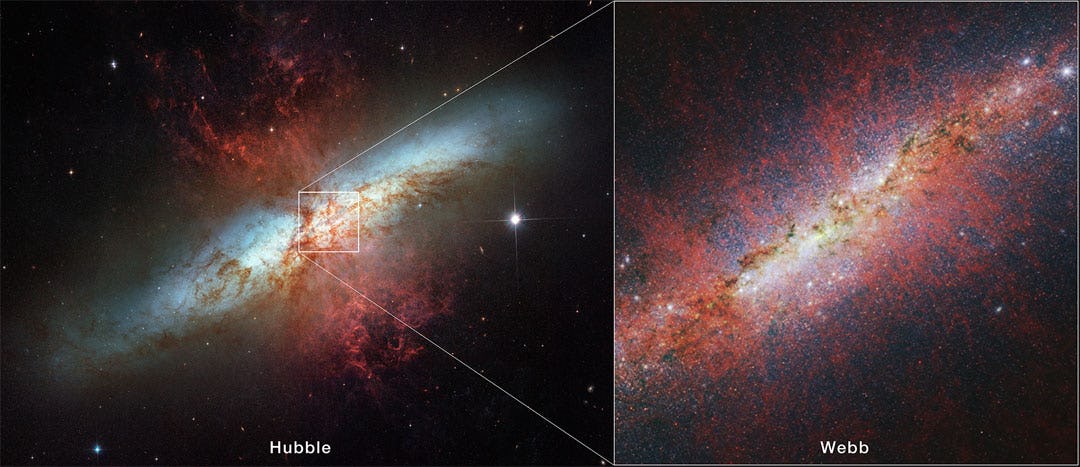

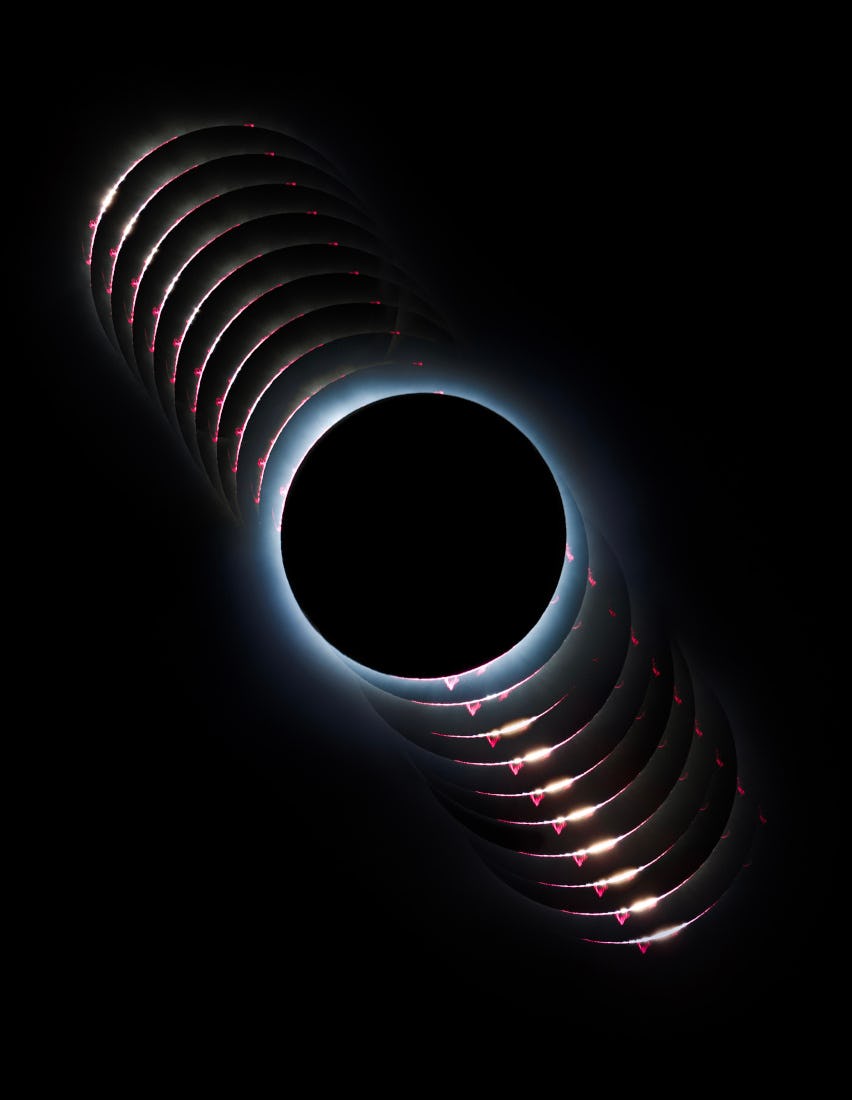

 - Copy.jpg?fit=crop&w=280&h=280&q=93)














